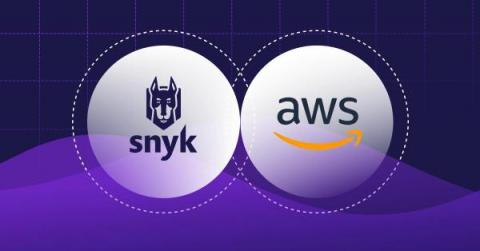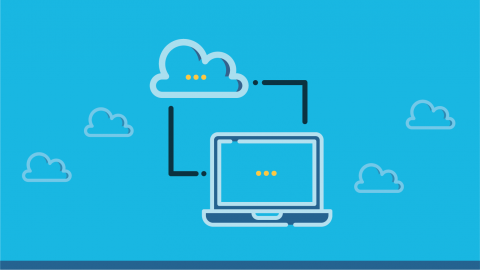Security | Threat Detection | Cyberattacks | DevSecOps | Compliance
Security
AWS top 10 misconfigurations and how to fix them: A cheat sheet
Amazon Web Services (AWS) remains the dominant cloud provider, with 40.8% of the market share. Many enterprises and organizations today have some, if not most, of their infrastructure on Amazon Web Services. AWS helps organizations accelerate their digital transformations and innovate faster, but there are common misconfigurations when moving to AWS.
Membrane Finance Taps Fireblocks to Issue & Secure EUROe Stablecoin
Finnish fintech Membrane Finance has announced that they will utilize Fireblocks to mint and secure their stablecoin, EUROe – Europe’s first EU-regulated full-reserve stablecoin and payment network. As the first Euro stablecoin in compliance with the forthcoming MiCA regulations, the EUROe fills a critical gap in the European market for digital assets and will enable broader development of the European digital asset ecosystem.
New language-specific Snyk Top 10 for open source vulnerabilities
Developers use open source code because it facilitates fast development. In fact, the vast majority of code in modern applications is open source. But just like any other code, open source libraries are open to vulnerabilities that can negatively affect a wide range of end-user products. So with widespread usage of open source, it's important for teams to be aware of the risks that can be hidden in the libraries they use.
CrowdStrike Discovers First-Ever Dero Cryptojacking Campaign Targeting Kubernetes
CrowdStrike has discovered the first-ever Dero cryptojacking operation targeting Kubernetes infrastructure. Dero is a relatively new and privacy-focused cryptocurrency that uses directed acyclic graph (DAG) technology to claim complete anonymity of its transactions. The combination of anonymity and the higher rewards ratio makes it potentially lucrative to cryptojacking groups compared to Monero, which is commonly used cryptocurrency by attackers or groups running miner operations.
Eliminate Special Tools With Egnyte's PDF Annotation Feature
Portable Document Format (PDF) files are popular in the Architecture, Engineering, and Construction (AEC) industry for their standard format that can be viewed and interacted with by anyone with access to the file. But what makes PDF files even more powerful is a users’ ability to easily annotate the file with their changes, edits and suggestions.
Substantive Testing vs. Control Testing: How Do They Compare?
The Ultimate Guide to KYC in Crypto: Everything You Need to Know
The first step in Anti-Money Laundering (AML) due diligence is to Know Your Customer (KYC). A financial institution (FI) promptly implements KYC processes to identify and confirm a new customer’s identification. These procedures enable FIs to evaluate the risk profile of a customer based on that person’s propensity for financial crime. KYC is a procedure that cryptocurrency exchanges are required to follow.
Policy Lifecycle Management from VS Code and CLI with Styra Link
Many engineers like to stick to the IDE or the command line as they use those for their daily tasks instead of jumping into yet another SaaS web application. To improve the Styra DAS experience for them, we developed Styra Link, a tool that allows users to perform most of the tasks of the Styra DAS UI and manage OPA from the CLI or from VS Code. Styra DAS offers a fully integrated policy authoring and lifecycle management experience in a web-based UI.
What are Rootkits? How to prevent them
A Rootkit is a malicious program composed of malware that is created to provide prolonged root-level or privileged-level access to a computer. It remains hidden in the computer system while maintaining control of the system remotely. Rootkits have the ability to steal data, eavesdrop, change system configurations, create permanent backdoors, deactivate other security defensive programs, and conceal other types of malware.











